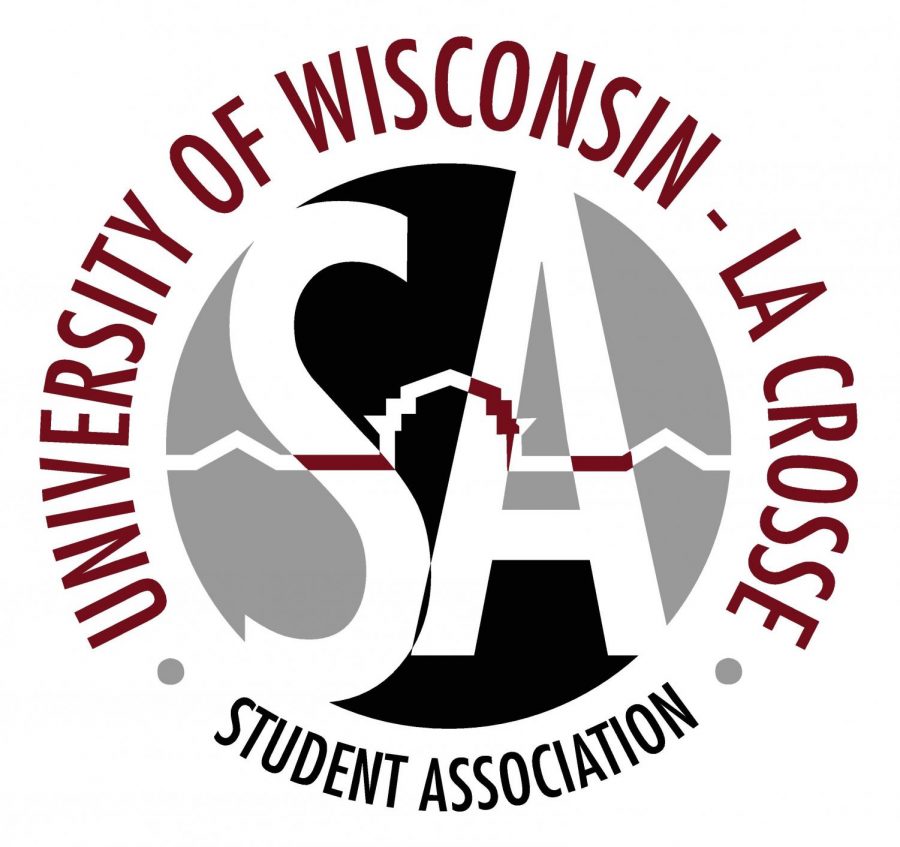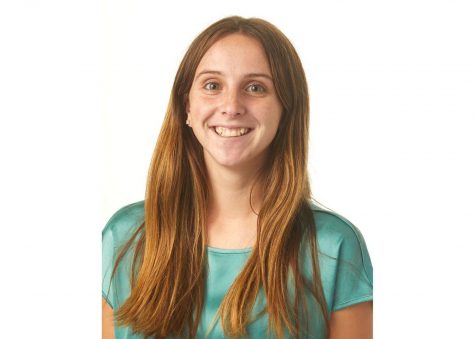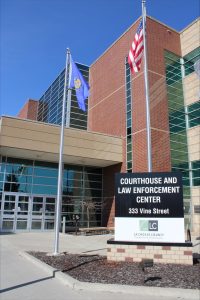Student Association welcomes new senators and reviews plans for Prairie Springs Science Center phase two
April 29, 2021
On Wednesday April 28, the University of Wisconsin–La Crosse Student Association (SA) introduced guest speakers who talked about the plans for phase two of the Prairie Springs Science Center. They also welcomed the newly elected winners of the Tuesday SA election.
This previous Tuesday the 27, UWL voted for the new SA president and vice president, along with all of the senators. Next term’s SA president will be Jared Zwettler and the vice president will be K.C. Cayo. In the College of Arts, Social Science and Humanities the new senators will be Morgan Hose, Jake Myers, Kate Lochner, and Jake Johnston. In the College of Science and Health, the new senators will be Carissa Weber, Andrew Ericson, Allison Stader, and Sarah Fleegal. In the College of Business Administration, the new senators will be Kyle Peters, Aisling Polley, and Ryan Sperling. In the School of Education, the new senator will be Lindsey Strzyzewski. There are still at large seats open in the College of Science and Health and in the School of Education that can be filled by students. These will be the new individuals on SA for the next school year.
In the meeting, the SA welcomed a group of architects and designers from the River Architects Smith Group as guest speakers. This is a group that has worked with UWL on other construction projects in the past, including the union and the first part of Prairie Springs. The lead on the meeting was Val Schute, and he was there with four other individuals to go over the renovation ideas for phase two and receive feedback from students.
The idea to start remodeling and building the Prairie Springs Science Center started in 2010. Originally it was supposed to be one project that included the simultaneous renovations of what is now Cowley Hall. UWL had to split the project into two phases because the entire budget did not get approved the first time in 2014. Now, there is a new budget proposal that will be discussed this summer. The project will be bid on in 2022 and if approved, construction will begin in the spring of 2022 after commencement. Their goal would then be to have the project finished by the fall semester of 2024.
The speakers spoke about specific plans for the building. Currently, Cowley Hall and Prairie Springs are not connected. In phase two, the buildings would have the “vague shape of an eight” and be connected in the middle with a “link.” The building was designed in the shape of an eight instead of a squared-off building to have more windows and natural light enter the building.
Project designer Coty Sanberg, talked about the research and modifications they made to the plans after building phase one. The Smith group was able to visit campus before the pandemic started and met with students and faculty. They asked people what they wanted to see more of in phase two and what they liked about phase one so far. Sanberg said that one of the main needs that students and faculty brought up was having more space for collaboration between students and faculty. That is why the new design includes the “link” between the two halves of the building. Sanberg said, “this link will be the heart of the facility that is a student-centered environment.” The area in between will be filled with areas for students to work together and collaborate with faculty in a non-traditional setting that supports a community mindset.
From a sustainability standpoint, the project is being built based on the American Institute of Architects framework for design excellence and the new sustainability guidelines from the state of Wisconsin. The ten main sustainability objectives they are trying to reach through design are water, ecosystems, change, discovery, resources, well-being, energy, equitable communities, integration, and economy. There are many aspects within the design process to help the construction obtain these objectives. The building is going to try and use materials that have a smaller carbon footprint, as well as adding some solar panels to the roof.
The end goal for Prairie Springs is for it to look like it was all done at once, so it is one large facility. They will be using the same materials and color scheme for the second phase so that it matches the current building. UWL also wants it to be a building that facilitates and encourages learning and community on campus.







